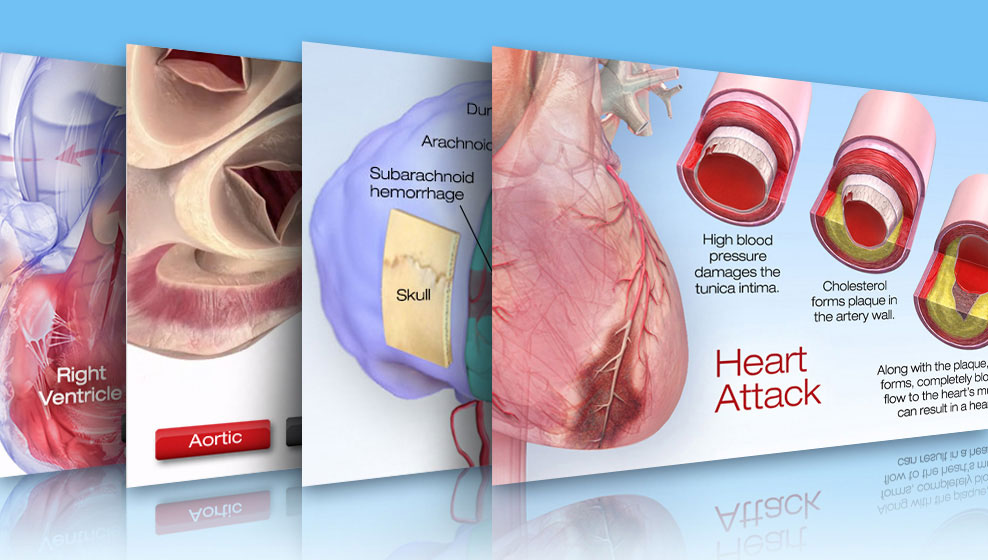Risk Factors for Venous Thromboembolism (VTE)

VTE can affect men and women of all ages, races and ethnicities. People at the highest risk, like those with cancer, having surgery, or with major trauma like fractures or immobilization, should ask about getting prevention treatments. Hospitalization for any reason increases the risk, so people in the hospital should ask about prevention.
VTE risk factors include:
- Major general surgery
- Major orthopedic surgery
- Lower-extremity paralysis due to spinal cord injury
- Fracture of the pelvis, hip or long bones
- Multiple trauma
- Cancer — all cancers increase the risk, especially if the cancer has spread widely, and if it is cancer of the lung, brain, lymphoma, gynecologic system (like ovary or uterus), or gastrointestinal tract (like pancreas or stomach). In patients with cancer, chemotherapy and surgery for cancer further increase the risk.
Additional factors:
Individually, the factors below are not enough to justify preventive measures for VTE. But a combination of two or more may be cause for action – and could influence the type and duration of the prevention treatment.
- Prior VTE — Patients with a previous episode of VTE have a high chance of recurrence.
- Age — Patients older than 40 years are at higher risk, and that risk doubles with each subsequent decade.
- Obesity --- people with obesity have 2 times the risk of VTE as people with normal weight, and the higher the weight, the higher the risk.
- Immobility — Prolonged immobility, such as during long travel, combined with other major risk factors increases the likelihood of VTE.
- Oral Contraceptives or estrogen treatment for menopause symptoms
- Family history of VTE --- especially if this is in a first-degree relative (parent, sibling, child)
- Physical inactivity
- Genetic blood conditions that affect clotting
VTE and Pregnancy:
Women who are pregnant, or have just had a baby are at greater risk of developing a blood clot. The risk is greater in the presence of the following other factors:
- Previous VTE
- A genetic predisposition to VTE or a family history of VTE (especially in a first degree relative – parent, sibling)
- Obesity
- Immobilization, such as bed rest and long distance travel
- Twin gestation
- Older maternal age
- Other medical illness during pregnancy, like cancer, serious infection or toxemia/pre-eclampsia
Learn more:

